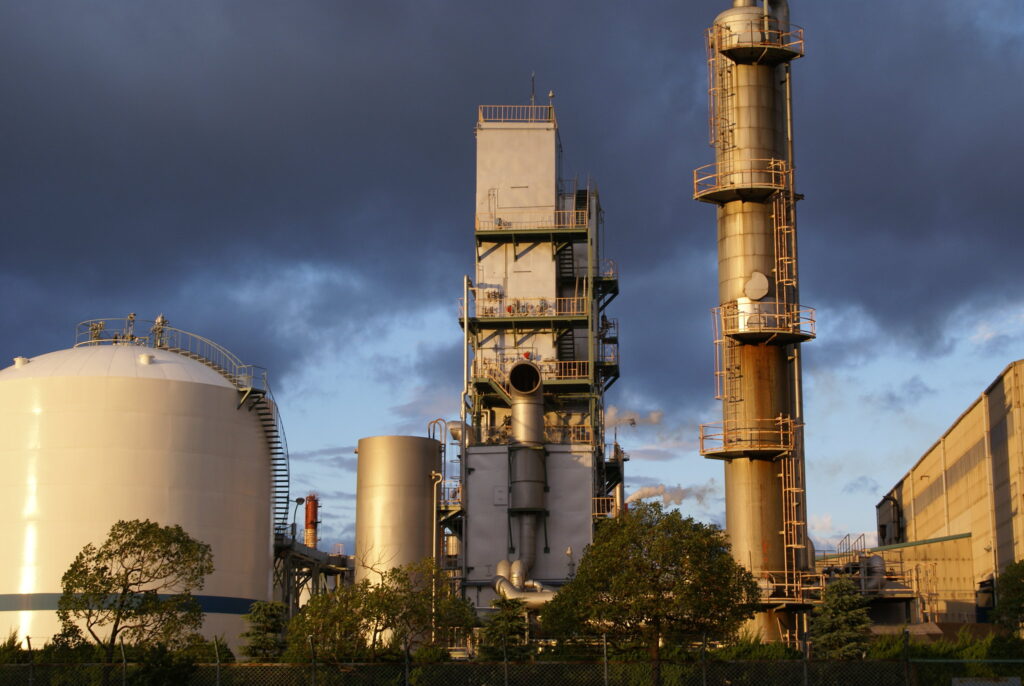
Kazue Asano / Flickr
By Moosa Zaidi, S23 Environmental Clinic Student
The recent $11 billion settlement in a suit against Monsanto over the herbicide Roundup might lead some to think we are winning the battle on regulating harmful chemicals in the environment, but in reality we are still losing the war. How was it ever possible in the first place for a cancer-causing chemical like glyphosate to be used so widely as a pesticide? Perhaps our laws are to blame.
Many consumers are under the impression that the chemicals they use are rigorously tested by the federal government for safety before they are allowed to be sent for consumption and use. Unfortunately, under many chemical regulation laws—like the Federal Insecticide, Fungicide, and Rodenticide Act (FIFRA)—the responsibility for testing is delegated to the producers of these chemicals in the first place.
Under FIFRA, pesticide producers apply for a permit with the EPA to sell their pesticides and are required to submit experimental data to show that their pesticides meet EPA guidelines and requirements. The EPA does not do any independent testing on these chemicals—it merely sets the standards that must be met and the types of experiments which are acceptable to demonstrate safety. 7 U.S.C. §136a(c)(1)(F).
But delegating the responsibility of testing chemical safety to chemical producers is irresponsible. For one, chemical companies lack the incentives to ensure that testing is property conducted. Companies have historically submitted fraudulent data to the EPA. In 1983, the New York Times reported on fraud by Industrial Bio-Test Laboratories (IBT)—where data was even reported on animals which did not exist. And when the EPA went to investigate IBT, they found over 66% of the lab’s 200 pesticide tests to be invalid.
Second, the scientific community has been going through what has been called the “replication crisis.” Scientific findings that are not replicated in future studies are nonetheless relied upon and cited. Science is about testing theories through reliable and repeatable experiments which can validate one’s findings. But in recent years, scientists have found that many papers published in scientific journals do not hold up to the standard of having reliable and repeatable scientific findings. What is worse is that it is often the studies with the greatest impact that are most frequently cited that tend to be the least reliable.
The EPA has of course created safeguards against fraud and unreliable data by setting up “Good Laboratory Practice Standards” (GLPS) applicable to studies under FIFRA and the Toxic Substances Control Act. However, this is not enough. Even if we set aside issues of funding, whether GLPS are validated for all data submitted (validating GLPs requires a physical inspection of the laboratory, which requires time, effort and resources), and whether the GLPS are sufficient, there is still the problem of chemical structural analogs.
Say a chemical is disapproved for a certain use, the producer has to do is to create a “structural analog” of the original chemical, and then they can use that new chemical until it is proven unsafe. Basically, a skilled chemist can take an existing chemical, move one or two non-essential parts of it around, and in doing so, they create an entirely new chemical that does essentially the same thing as the original and would also likely have the same harmful effects as the original.
In fact, this is exactly what happened with BPA, the plastic that the FDA prohibited from use in baby bottles, children’s spill proof cups, and infant formula packaging. BPA is a reproductive, developmental, and systemic toxicant in animal studies and there are concerns about its impact on children’s health and the environment. Chemical producers simply created chemicals like BPS and BPF which look nearly identical and act nearly identical to the original BPA and went on to proudly market their products as “BPA free.”
If we are going to win the fight against harmful environmental pollutants, something must fundamentally change in how the EPA regulates these chemicals. Placing the onus of safety testing on producers has proven to be irresponsible, and whatever safety regulations are in place often find problems once irreversible harm has already been done.
The articles published on this site reflect the views of the individual authors only. They do not represent the views of the Environmental Clinic, The University of Texas School of Law, or The University of Texas at Austin.
